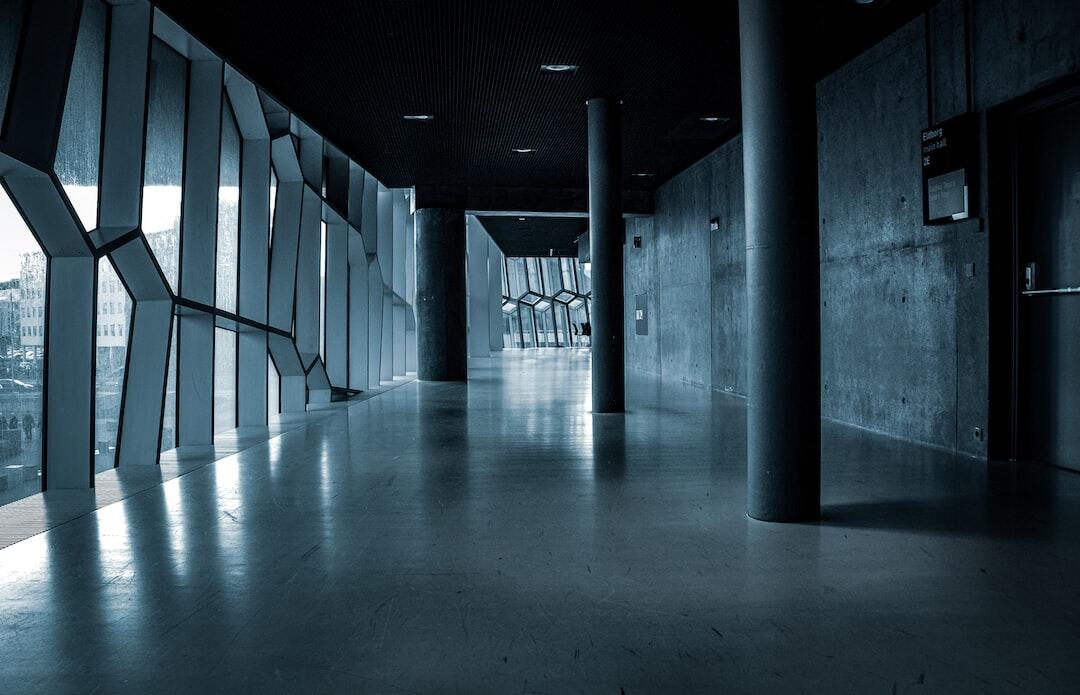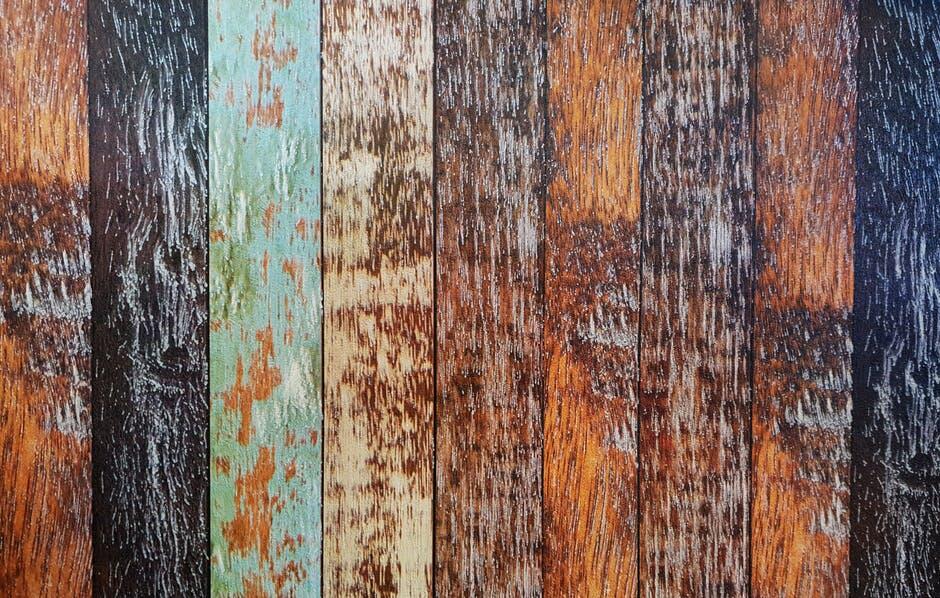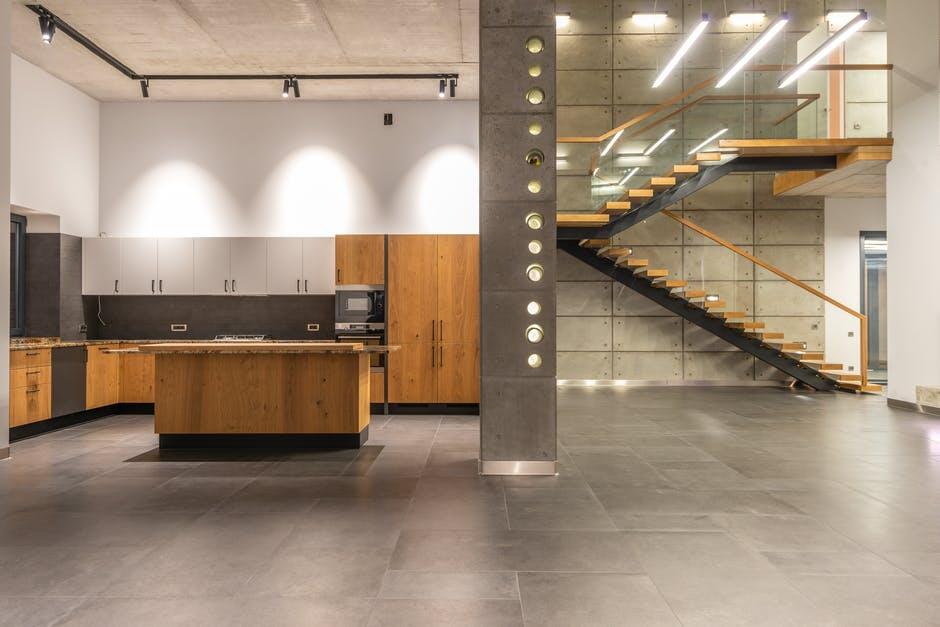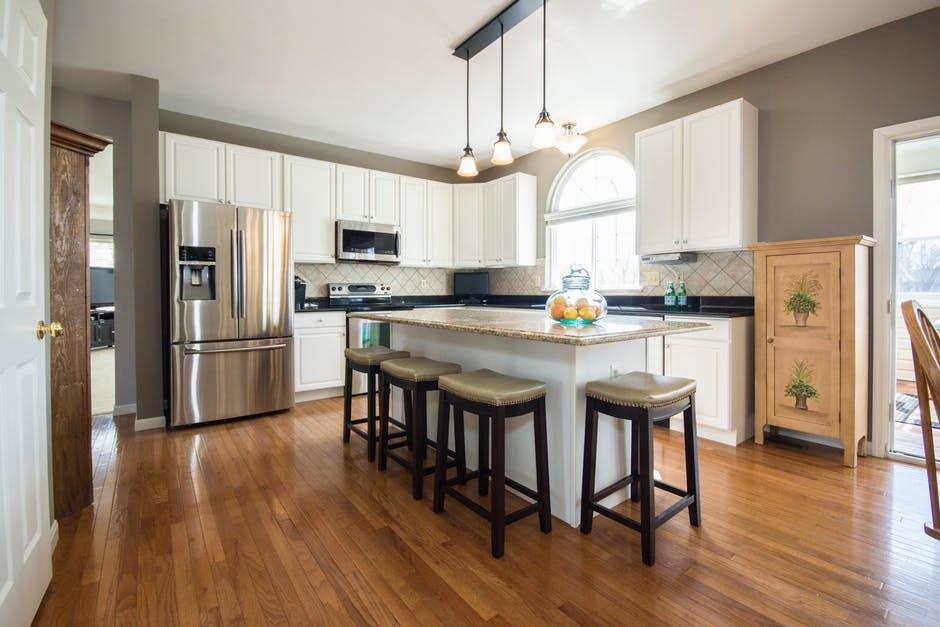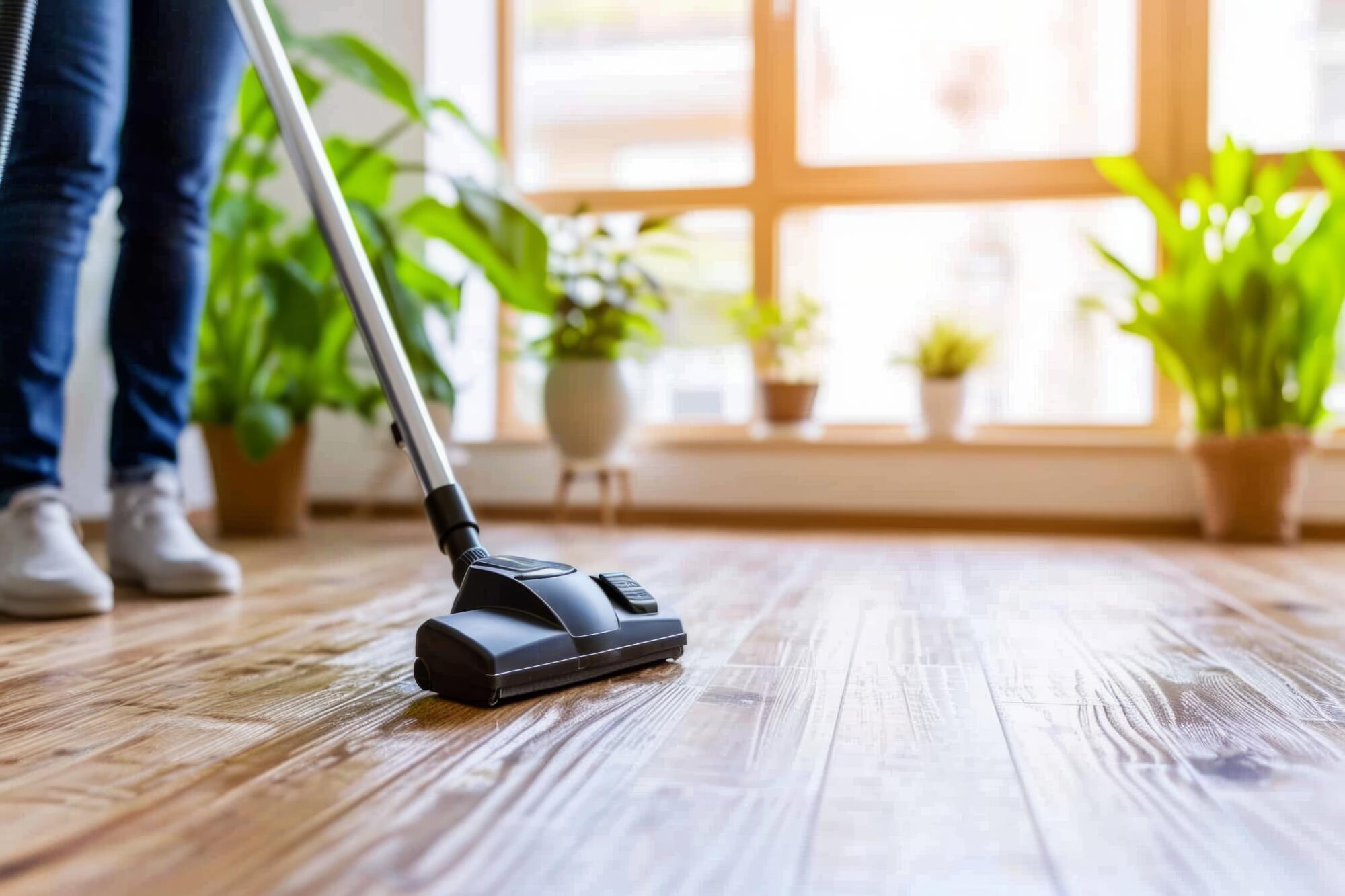Imagine walking into your garage, expecting the usual drab concrete, only to find a glossy, vibrant floor that looks like it belongs in a high-end showroom. That’s the magic of epoxy flooring.
But as you admire the sleek surface, a nagging question surfaces: Was it worth the price tag? Whether you’re a homeowner looking to upgrade or a business owner considering a facelift for your commercial space, the cost of epoxy flooring can be a make-or-break factor.
Read on to find out, is epoxy flooring expensive?
Epoxy Flooring Cost
The cost of installing epoxy flooring can vary depending on several factors, including:
- The size of the space
- The condition of the existing floor
- The type of epoxy used
- The epoxy installation company you choose
On average, epoxy floor prices tend to range from $3 to $12 per square foot, with higher-end finishes or additional layers potentially driving up the price.
For example, simple one-coat systems tend to be more affordable, while decorative epoxy finishes or multi-layer systems designed for heavy-duty use will cost more.
Epoxy Benefits
Epoxy flooring offers lots of benefits that make it a worthwhile investment.
One of the primary advantages is durability. Epoxy floors can easily stand up to wear and tear, including:
- Impacts
- Abrasions
- Chemicals
- Stains
making them ideal for high-traffic areas like garages, basements, warehouses, and commercial spaces.
This durability ensures that epoxy floors can last for many years, cutting down on repairs or replacements, which adds to their long-term value.
Aesthetic appeal is another factor that makes epoxy flooring stand out. It’s available in a wide variety of colors, patterns, and finishes, allowing homeowners and businesses to customize the look to suit their space.
Whether you’re aiming for a sleek, modern design or a decorative finish with metallic or speckled effects, epoxy flooring provides flexibility to create a unique and visually appealing environment.
The glossy, polished appearance of epoxy can also enhance lighting in a space, giving rooms a brighter and more open feel.
Epoxy flooring’s makeup makes it simple to clean and maintain. Spills, dirt, and dust can be easily wiped up with minimal effort, and there’s no need for specialized cleaning products.
Unlike hardwood or tile, epoxy flooring doesn’t require regular waxing or polishing, saving both time and money on upkeep. This low-maintenance aspect is especially appealing in commercial settings.
Flooring Installation Costs: Return on Investment
When considering the installation costs of epoxy flooring, it’s essential to evaluate the return on investment over the long term.
While epoxy flooring can have a higher upfront cost compared to traditional flooring options like vinyl or carpet, its long-lasting durability and low maintenance requirements offer significant financial benefits over time.
With a typical lifespan of 10-20 years – and potentially longer with proper care – epoxy flooring minimizes repair or replacement needs, which can save a ton in future expenses.
Is Epoxy Flooring Expensive? Now You Know
Is epoxy flooring expensive? It can depend. Now that you understand what goes into the costs, you can make the right decision for your needs.
Are you ready to invest in epoxy flooring? Peak Floors uses our years of experience to make sure customers like you get the best possible price.
Contact us today.

